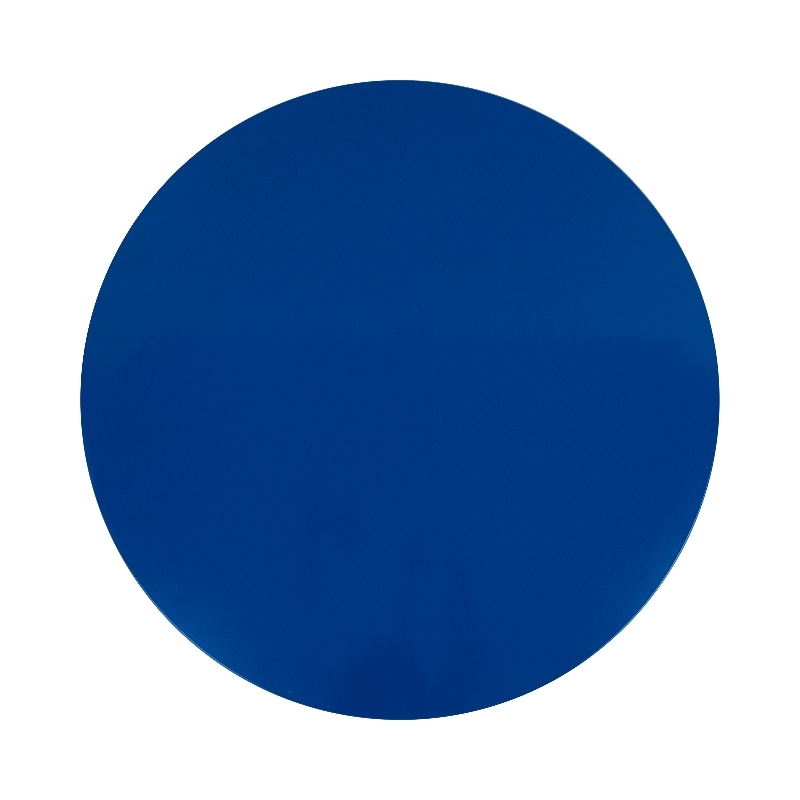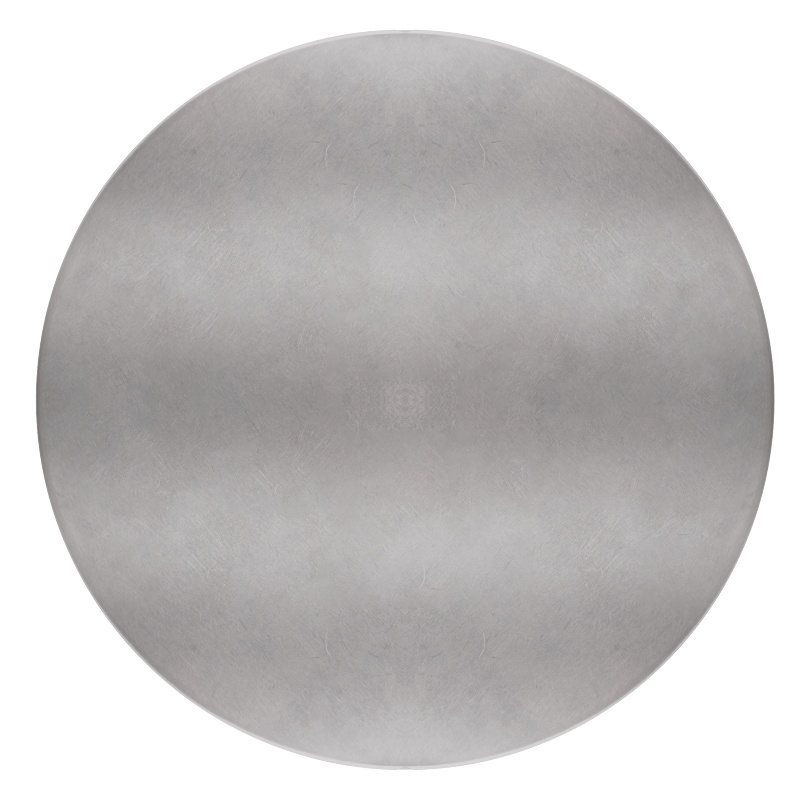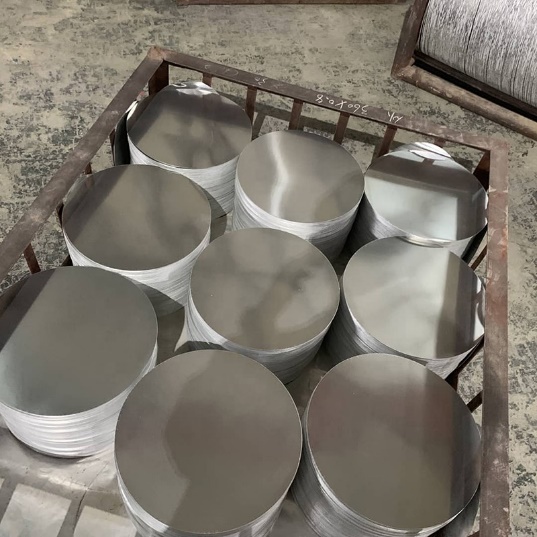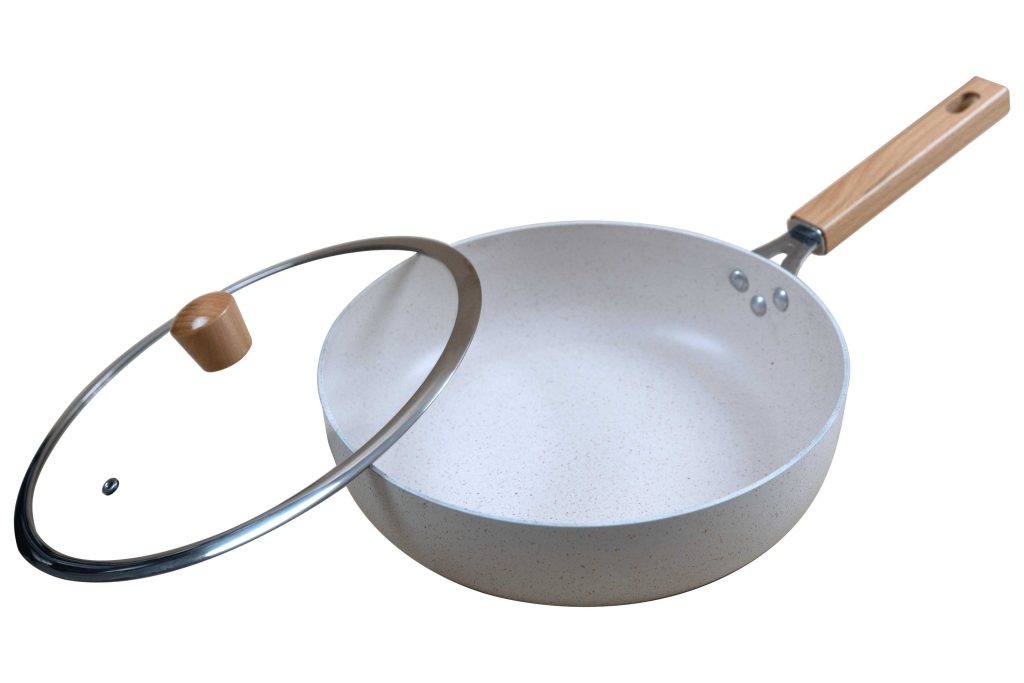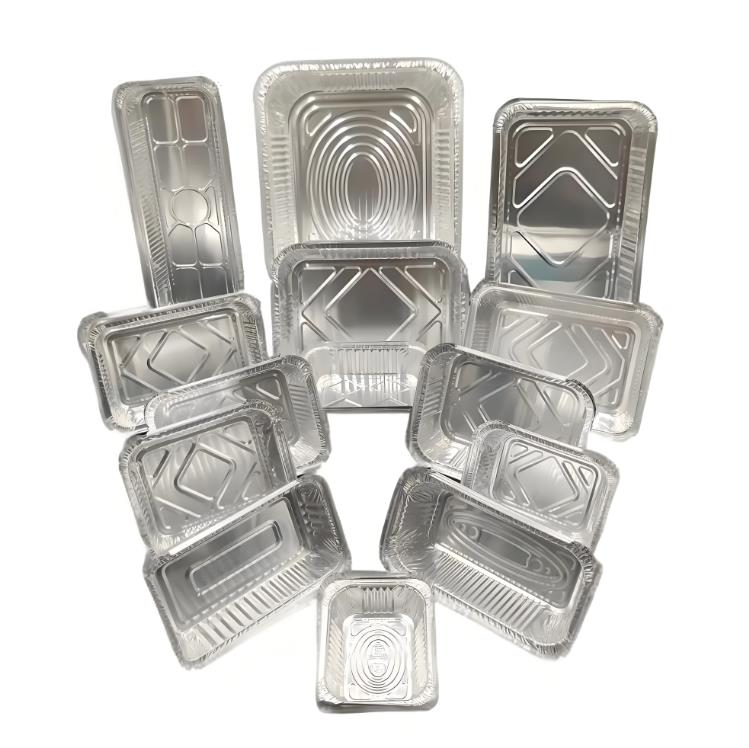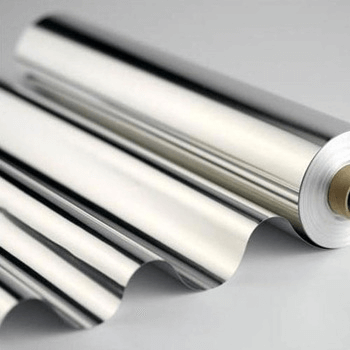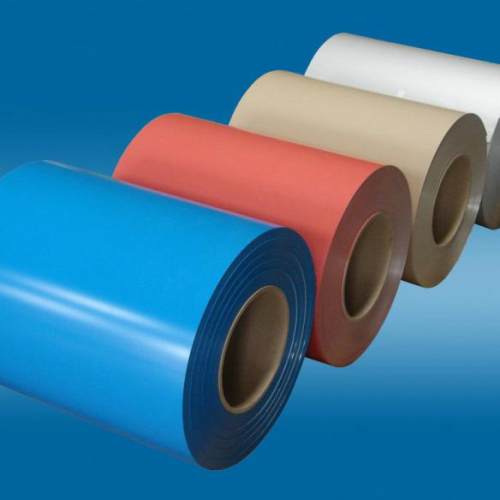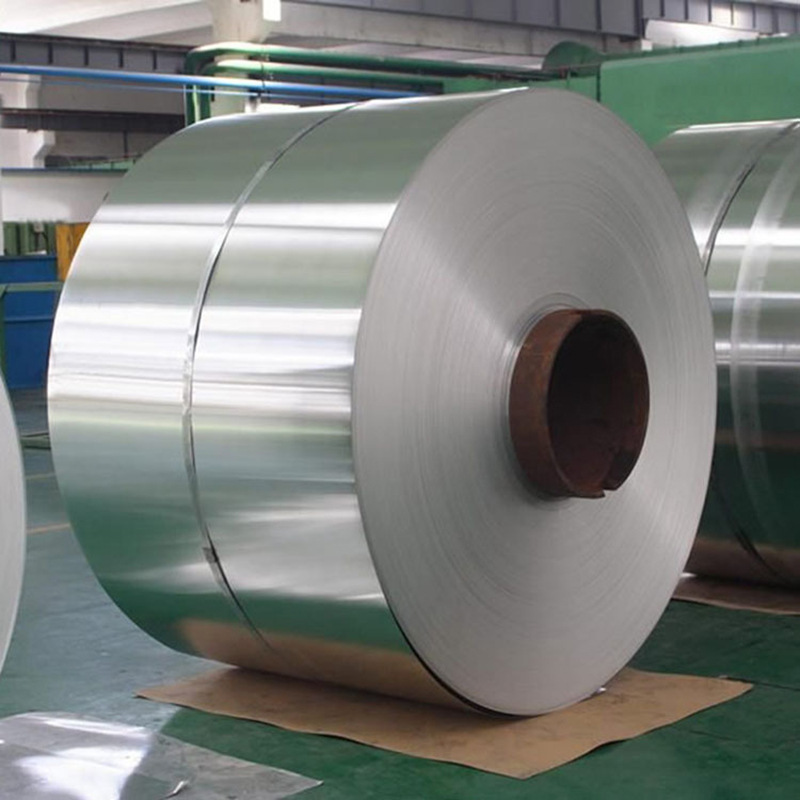Which is Better for Cooking: Aluminium or Ceramic Cookware? Manufacturer’s Perspective
Modern consumers not only pay attention to the basic cooking functions of cookware, but also have higher requirements for health, environmental protection, durability, ease of use and aesthetic design. Aluminum and ceramic, as two common and unique materials in cookware manufacturing, each has its own unique advantages and challenges. We’ll explore the characteristics that define these materials and the complexities of their production, giving a deeper understanding of which is better aluminum or ceramic cookware from an industry perspective.
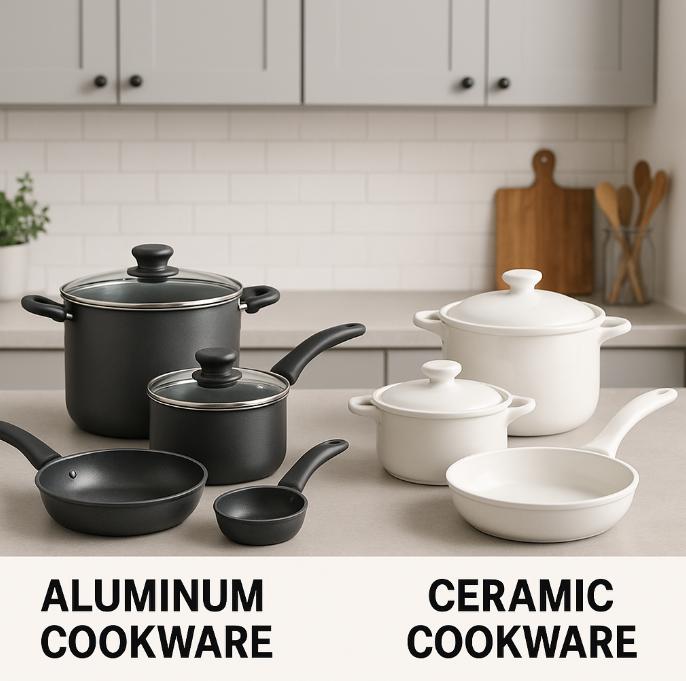
Core Characteristics Comparison: Aluminium vs Ceramic
When we evaluate materials for cookware, it’s a deep dive into fundamental properties. We’re not just looking at performance; we’re assessing how these characteristics influence everything from material sourcing to the final product’s market positioning. It’s about understanding the entire lifecycle and user value derived from each choice.
Physical and Chemical Properties and Their Impact on Manufacturing and Products
The intrinsic properties of aluminum and ceramic directly dictate their suitability for various cooking applications and, consequently, their manufacturing processes. For us, the core cooking performance—heat transfer, non-stick capabilities, and durability—are paramount, as these directly translate into user value. Furthermore, the selection of food contact materials is subject to rigorous safety standards, a critical consideration for both material types.
Aluminum, with its exceptionally high thermal conductivity (approximately 205 W/(m·K) for pure aluminum), is a manufacturer‘s dream for rapid and even heat distribution. This property means we can design thinner-walled pots and pans that still heat quickly, reducing material cost and overall product weight. However, raw aluminum’s reactivity with acidic foods (e.g., tomatoes, vinegar) poses a challenge, requiring protective measures. This is why we extensively utilize processes like anodization, where an electrochemical process creates a hard, non-reactive surface, transforming standard aluminum into anodized aluminum vs ceramic cookware’s tough competitor. This not only enhances durability but also eliminates reactivity, ensuring food safety. For non-stick applications, the base aluminum provides the excellent heat transfer, and then we apply a coating. The challenge lies in ensuring adhesion and durability of the non-stick layer, which is where the comparison between aluminium vs ceramic non stick coatings becomes vital.

Ceramic cookware, on the other hand, typically refers to two main types: solid ceramic (like stoneware or porcelain) and ceramic-coated metal. For the latter, which dominates the non-stick market, the “ceramic” is a sol-gel coating. These coatings are inherently non-reactive, making them naturally food-safe from a chemical interaction standpoint. Their primary advantage lies in their excellent non-stick properties, often marketed as “PFOA/PTFE-free,” appealing to a specific consumer segment. However, ceramic coatings generally have lower thermal conductivity than aluminum itself. While they distribute heat evenly across their surface once hot, they take longer to heat up. This impacts the speed of cooking and requires careful design to ensure the underlying metal (often aluminum or stainless steel) effectively transfers heat to the ceramic layer. A common issue we address in manufacturing ceramic non-stick is its relative brittleness; while resistant to scratching, it can chip or crack if subjected to sudden impacts or extreme thermal shock.
When considering food contact materials, both aluminum (especially anodized or with proper non-stick coatings) and ceramic are deemed safe when manufactured to standards. For aluminum, the anodization process effectively seals the surface, preventing aluminum migration into food. With ceramic coatings, the focus is on the inertness of the sol-gel components and the absence of harmful chemicals like PFOA and PTFE during manufacturing. At Lanren aluminum factory, our internal quality control involves rigorous testing, often adhering to FDA or EU regulations, to ensure no undesirable elements leach into food under typical cooking conditions.

Here’s a detailed comparison of key characteristics:
| Feature | Aluminum Cookware (especially Anodized & Non-Stick) | Ceramic Cookware (Ceramic-Coated) | Manufacturer’s Perspective & Impact |
| Thermal Conductivity | Very High (e.g., ~205 W/(m·K)) | Moderate to Low for coating, good for base material (e.g., ~1.0-2.0 W/(m·K) for coating) | Aluminum: Faster heating, lower energy consumption for users. Ceramic: Slower heat-up, better heat retention; requires careful base material selection. |
| Weight | Low (lightweight) | Moderate (coating adds minimal weight, base determines bulk) | Aluminum: Easier to handle, lower shipping costs. Ceramic: Comfortable feel, but heavier bases increase shipping/handling. |
| Processability | Excellent (casting, stamping, forging) | Good for coating application; base material dictates shaping | Aluminum: High design flexibility, efficient mass production. Ceramic: Coating application requires specialized lines, temperature control. |
| Corrosion Resistance | Poor for raw aluminum; Excellent for anodized/coated | Excellent (chemically inert) | Aluminum: Anodization is crucial for durability & reactivity; non-stick requires careful formulation. Ceramic: Naturally inert, simplifies material selection. |
| Non-stick Performance | Very good (with quality coatings) | Excellent (often marketed as “natural” non-stick) | Aluminum: Dependent on coating formulation & application. Ceramic: High initial performance, but can degrade with misuse. |
| Safety (Food Contact) | Safe when anodized/coated (e.g., PFOA/PTFE-free options) | Generally very safe (PFOA/PTFE-free) | Both: Compliance with regulations is paramount; rigorous testing is standard. Consumer perception is key for ceramic. |
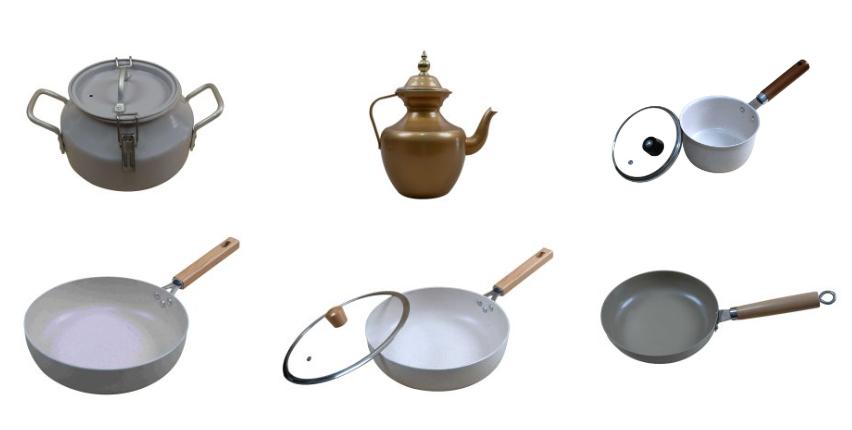
Raw Material Availability, Cost, and Supply Chain Stability
The global market for raw materials is dynamic, and our manufacturing decisions are heavily influenced by the availability, cost, and stability of the supply chain for both aluminum and ceramic components.
Aluminum, primarily derived from bauxite, is abundant globally. Major bauxite-producing countries include Australia, Guinea, and Brazil. The refining process to produce aluminum metal is energy-intensive, meaning aluminum prices are often tied to energy costs. Historically, aluminum prices have shown volatility, influenced by geopolitical events and global demand for various industries. However, the sheer volume of global aluminum production (over 68 million metric tons in 2022) generally ensures a stable supply. Our procurement strategies often involve long-term contracts with large smelters to mitigate price fluctuations. Furthermore, recycled aluminum, which requires significantly less energy to produce, offers a sustainable and cost-effective alternative that we increasingly leverage.
For ceramic cookware, the “ceramic” refers to a coating, and the raw materials are typically precursors for sol-gel chemistry, such as silicon dioxide and various binders. These chemical components are generally readily available from a diverse range of chemical suppliers. The cost of these raw materials can vary based on the specific formulation and purity required for optimal non-stick performance and durability. While less prone to the dramatic price swings seen in base metals like aluminum, specialized chemical compounds can still be subject to supply chain disruptions or sudden demand surges from other industries. For solid ceramic cookware, the raw materials are typically clay, feldspar, and silica, which are also widely available. However, the energy cost associated with firing ceramic at high temperatures significantly impacts the final product cost.
The stability of the supply chain is a critical concern. While aluminum is subject to broader economic forces, its established global market provides a certain level of predictability. Ceramic coating materials, being more specialized, can sometimes face bottlenecks if a key chemical component manufacturer experiences production issues or if there’s a surge in demand from multiple industries simultaneously. Diversifying suppliers for these specialized components is a key strategy for maintaining stable production.
| Feature | Aluminum Cookware (especially Anodized & Non-Stick) | Ceramic Cookware (Ceramic-Coated) | Manufacturer’s Perspective & Impact |
| Raw Material Cost | Moderate (tied to energy prices) | Moderate (specialized chemicals for coating) | Aluminum: Volume buying, recycling opportunities. Ceramic: Consistent supply but can be niche. |
| Supply Chain | Global, well-established, some price volatility | Global, somewhat specialized for coating chemicals | Aluminum: Diversified sources. Ceramic: Fewer, more specialized suppliers for coatings; base material supply is robust. |
The table clearly illustrates the trade-offs we consider when designing and producing aluminum vs ceramic pots.
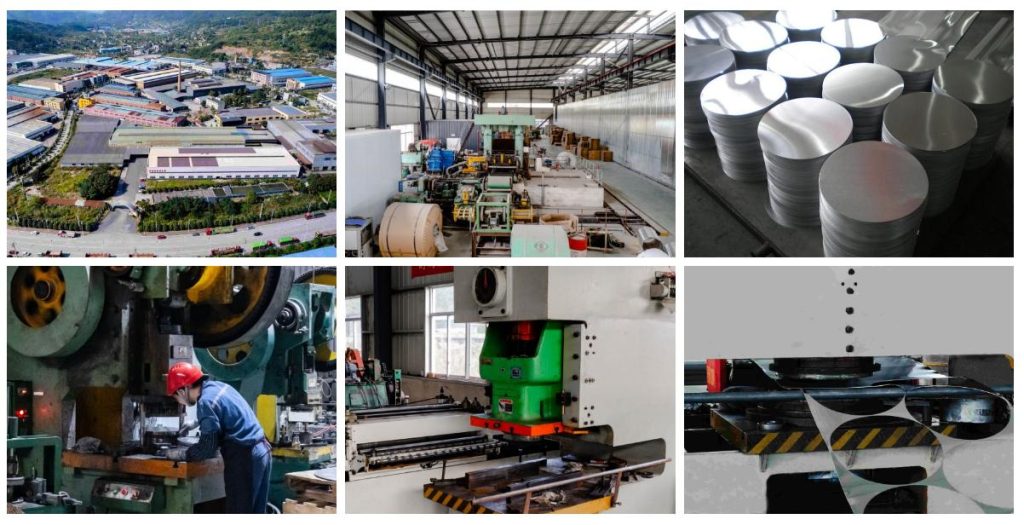
Production Manufacturing Analysis: The Interplay of Process, Efficiency, and Cost
From our vantage point as an aluminum cookware manufacturer, the strategic decision to produce a specific type of cookware hinges heavily on the nuances of the production process. It’s not just about what we make, but how we make it – the efficiency, the scalability, and the cost implications. This is where the true distinctions between producing aluminum vs ceramic pots become crystal clear.
Production Process Flow and Technical Barriers
Manufacturing aluminum cookware is a testament to industrial efficiency and precision. Our core strength lies in leveraging aluminum’s inherent workability to create diverse product lines with high throughput.
The journey begins with forming the raw aluminum. For our high-volume production, we primarily utilize two methods:
- Stamping: This involves pressing flat aluminum sheets into desired shapes using powerful hydraulic presses. It’s incredibly fast and efficient for producing lighter-gauge frying pans, saucepans, and bakeware. The technical challenge here lies in designing dies that minimize material waste and achieve consistent wall thickness, especially in complex geometries. We’ve invested heavily in advanced die-making technology and automated feeding systems to maximize speed and minimize scrap. Imagine a sheet of aluminum swiftly transformed into a pan body in seconds – that’s the power of stamping.
- Casting: For our thicker, more robust cookware, like Dutch ovens or grill pans, we employ casting. This involves pouring molten aluminum into molds. While slower than stamping, casting allows for intricate designs, integrated handles, and superior heat retention due to the thicker material. The technical hurdles involve precise temperature control of the molten metal to prevent porosity and ensure a dense, uniform structure. We’ve developed proprietary casting techniques that minimize defects and maximize material integrity, ensuring each aluminum pot is built to last.

Once shaped, surface treatment is often the next critical step. For many of our products, especially those competing directly with full ceramic options, we apply anodized aluminum finishes. This isn’t just a coating; it’s an electrochemical process where the aluminum surface is converted into a hard, non-porous layer of aluminum oxide. This significantly enhances durability, scratch resistance, and makes the aluminum non-reactive, a key benefit over raw aluminum. The technical expertise here lies in managing bath chemistry, current density, and process time to achieve the desired thickness and hardness of the anodized layer consistently. Our anodizing lines are highly automated, ensuring uniform quality across millions of units.
For our ceramic-coated nonstick offerings, we then apply multi-layer non-stick coatings. This is a highly specialized process requiring cleanroom environments and robotic spray systems to ensure uniform application and optimal adhesion. The coatings are then cured in precise temperature-controlled ovens, bonding them to the aluminum surface. The technical barrier here is not just applying the coating, but ensuring its longevity and consistent non-stick performance under various cooking conditions. Our R&D constantly works to improve coating formulations and application techniques to push the boundaries of non-stick durability. We maintain strict environmental controls in our coating facilities to prevent airborne contaminants that could compromise the finish.
Ceramic cookware, when it refers to ceramic-coated metal (which is the predominant type competing with our products), follows a somewhat similar process for its metal base, often aluminum. However, the application of the ceramic coating itself introduces different technical considerations. The ceramic coating is typically a sol-gel solution applied in thin layers and cured at high temperatures. While it offers a non-stick surface, the key technical challenge for these coatings is often managing their inherent brittleness. They can be more susceptible to chipping or cracking from impact or extreme thermal shock compared to the robust integration of an anodized aluminum surface. This fragility can impact rejection rates during manufacturing and demands more careful handling throughout the production line.

Production Efficiency, Scalability, and Automation Potential
Our strength as an aluminum cookware manufacturer is rooted in our ability to achieve remarkable production efficiency and scalability.
Aluminum forming processes like stamping are inherently high-speed and highly automated. We can produce thousands of pan bodies per hour, with robotic arms seamlessly transferring components between stages. Our casting operations, while perhaps slower on a per-unit basis, are also highly optimized, with automated pouring and cooling systems that minimize human intervention. This allows us to scale production rapidly to meet global demand surges, consistently delivering large volumes of aluminum pots at competitive prices. The uniformity achievable through automation also leads to significantly lower defect rates and higher first-pass yields, contributing directly to our bottom line.
Even the more complex processes like anodizing and non-stick coating application are heavily automated in our facilities. Robotic sprayers ensure perfectly uniform coating thicknesses, and conveyor ovens precisely control curing profiles. This automation minimizes labor costs, reduces human error, and ensures consistent quality at scale.
When we compare this to the production of ceramic-coated cookware, while their coating lines also utilize automation, the inherent sensitivity of ceramic coatings to variations in application or curing temperatures can sometimes lead to slightly lower first-pass yields and potentially more stringent quality control checks, which can impact overall line speed and efficiency.
Analysis of Production Cost Structure
| Cost Factor | Aluminium (% of Total Cost) | Ceramic (% of Total Cost) | Explanation |
| Raw Material Costs | 35% | 40% | Aluminium is widely available and cost-effective, while high-quality clay for ceramics is more expensive. |
| Energy Consumption | 15% | 20% | Aluminium requires moderate energy for processing, whereas ceramics involve energy-intensive firing. |
| Labor Costs | 15% | 20% | Aluminium production is more automated, reducing labor dependency compared to ceramic. |
| Equipment and Maintenance | 25% | 10% | Aluminium production requires specialized equipment, whereas ceramic manufacturing relies on simpler tools. |
| Quality Control | 5% | 5% | Both materials demand stringent quality checks to ensure durability and safety. |
| Logistics and Packaging | 5% | 5% | Comparable for both materials in terms of transportation and packaging. |

Which Cookware is Better for Specific Cooking Needs?
From a manufacturer’s viewpoint, the “better” cookware isn’t about superiority, but suitability. It’s about designing and marketing products that perfectly match consumer needs, leveraging the unique strengths of each material.
Here we summarize the applicable scenarios of the two types of cookwares:
| Cookware Material | Best For | Reason | Typical Cookware Types |
| Aluminum | Rapid & Responsive Cooking | Unparalleled thermal conductivity allows for incredibly fast heating and instant temperature changes, crucial for searing and stir-frying. | Frying pans, woks, sauté pans |
| Everyday Workhorse & Durability | Anodized aluminum offers a hard, durable surface resistant to metal utensils, abrasive cleaning, and general wear and tear. | Stockpots, saucepans, Dutch ovens (anodized) | |
| Optimal Baking | Excellent thermal conductivity ensures consistent browning and prevents hot spots or undercooked centers. | Baking sheets, cake pans, muffin tins | |
| Value & Accessibility, Portability | Efficient and scalable manufacturing allows for high-quality, durable cookware at a more accessible price point. Lightweight and easy to handle, suitable for outdoor and camping use. | Full cookware sets, individual pieces, camping pots | |
| Ceramic | Delicate Non-Stick Performance | Provides an extremely slick surface, ideal for easily releasing delicate foods with minimal oil. | Fry pans, griddles, crepe pans |
| Aesthetic & “Green” Appeal | Available in a wide range of colors and often marketed as PFOA/PTFE-free, appealing to health-conscious consumers. | Decorative cookware sets, specialty pans | |
| Lower Temperature Cooking | Tends to retain heat well, making it suitable for recipes requiring gentle, even heating without scorching. | Slow cookers (ceramic inserts), casseroles |
Ultimately, while both materials have their place, our expertise and production capabilities are firmly rooted in aluminum. We believe that for the vast majority of cooking tasks, especially those requiring speed, even heating, and long-term durability in a busy kitchen, our aluminum cookware, particularly its advanced anodized and high-performance non-stick variants, offers superior value and performance.
Related Products

